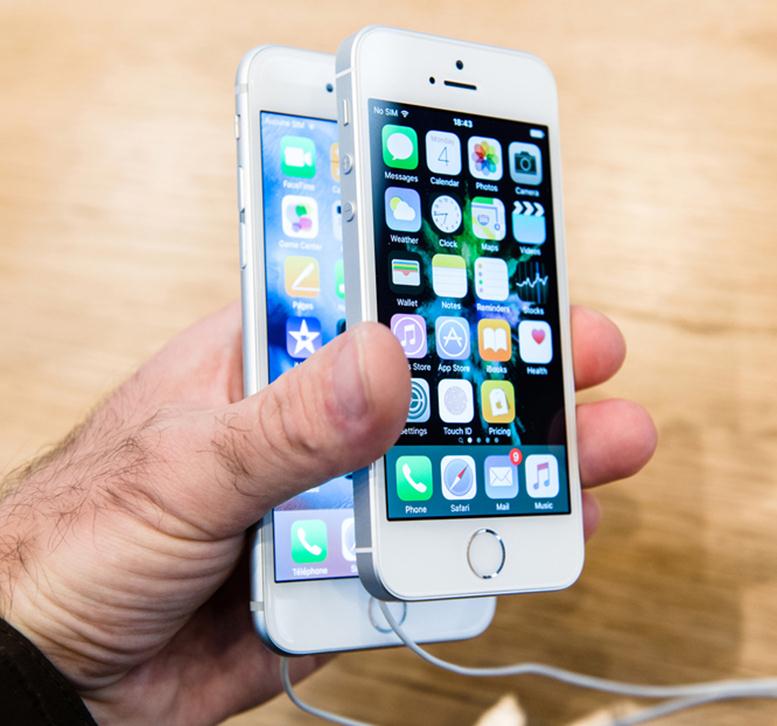With the holiday season coming up, Apple (NASDAQ:$AAPL) has recently boosted their production of the iPhone 7 and iPhone 7 Plus by 3 to 4 million units. They have also cut the production for the iPhone 8, and most likely the iPhone 8 Plus, by the same amount.
The reason for this, according to analyst Jun Zhang of Rosenblatt Securities, is that “the average, mid-end consumer is choosing an iPhone 7 over the iPhone 8, whereas high-end customers are more likely to choose an iPhone X.”
This is not a one-time occurrence either. Production boosts and cuts reportedly happen more frequently than expected.
Looking at this phenomenon from a business perspective, this makes sense. Both the iPhone 7 and iPhone 7 Plus are cheaper than their higher-end counterparts, so by producing more of the iPhone 7 series devices, when a customer buys a 7 rather than an 8, Apple ultimately profits from this production method.
Because the iPhone 7 phones look similar to the iPhone 8 phones, it also doesn’t come as any surprise why the “average mid-end consumer” might choose the cheaper version over the more expensive one.
The rumored 6.1-inch LCD iPhone, and how it may be able to solve Apple’s problem
Zhang believes he has a solution to Apple’s problem: “Apple might bring down the cost of an iPhone X by using an LCD screen next year, making the iPhone 8S a more differentiated product from the iPhone 7 and iPhone 8.”
Zhang is not the only one to think this. Rumours have been going about that Apple does intend to introduce an iPhone next year that will have a 6.1-inch liquid crystal display (LCD). LCDs are cheaper than the organic light-emitting diode (OLED) displays currently used for the iPhone X.
Having not only a full-face 6.1-inch LCD screen but also a TrueDepth camera would greatly improve any of the devices in the iPhone 8 series, as well as the iPhone 7 series. It would also be beneficial in that it would better be able to capture those midrange iPhone buyers, the same buyers who aren’t paying for the full-priced iPhone X
By getting those midrange customers to buy a new iPhone with a 6.1-inch LCD screen, instead of a discounted iPhone 7 or 8, Apple’s average selling prices would no doubt increase.
The importance of iPhone average selling prices
There are two ways for Apple to grow its iPhone revenue. The first is by convincing customers to buy, on average, more expensive iPhones, which will increase revenue for a fixed number of iPhones sold. The other way is by driving up iPhone unit shipments.
Ideally, Apple wants to do both, which they can do by supporting compelling products at a wide range of price points. They do seem to have achieved this with the iPhone X, which ranges from $999 to $1,149.
Despite this accomplishment, Apple shouldn’t ignore opportunities to get midrange customers to buy higher-priced midrange iPhones, as there is demand for these types of products among iPhone buyers.
Even as little as a $20 increase in the average selling prices across 100 million iPhone units could have a massive effect on Apple’s business. That example gives Apple a $2 billion increase, so increasing the price of midrange products is certainly something the company should be considering.
Featured Image: depositphotos/ifeelstock








